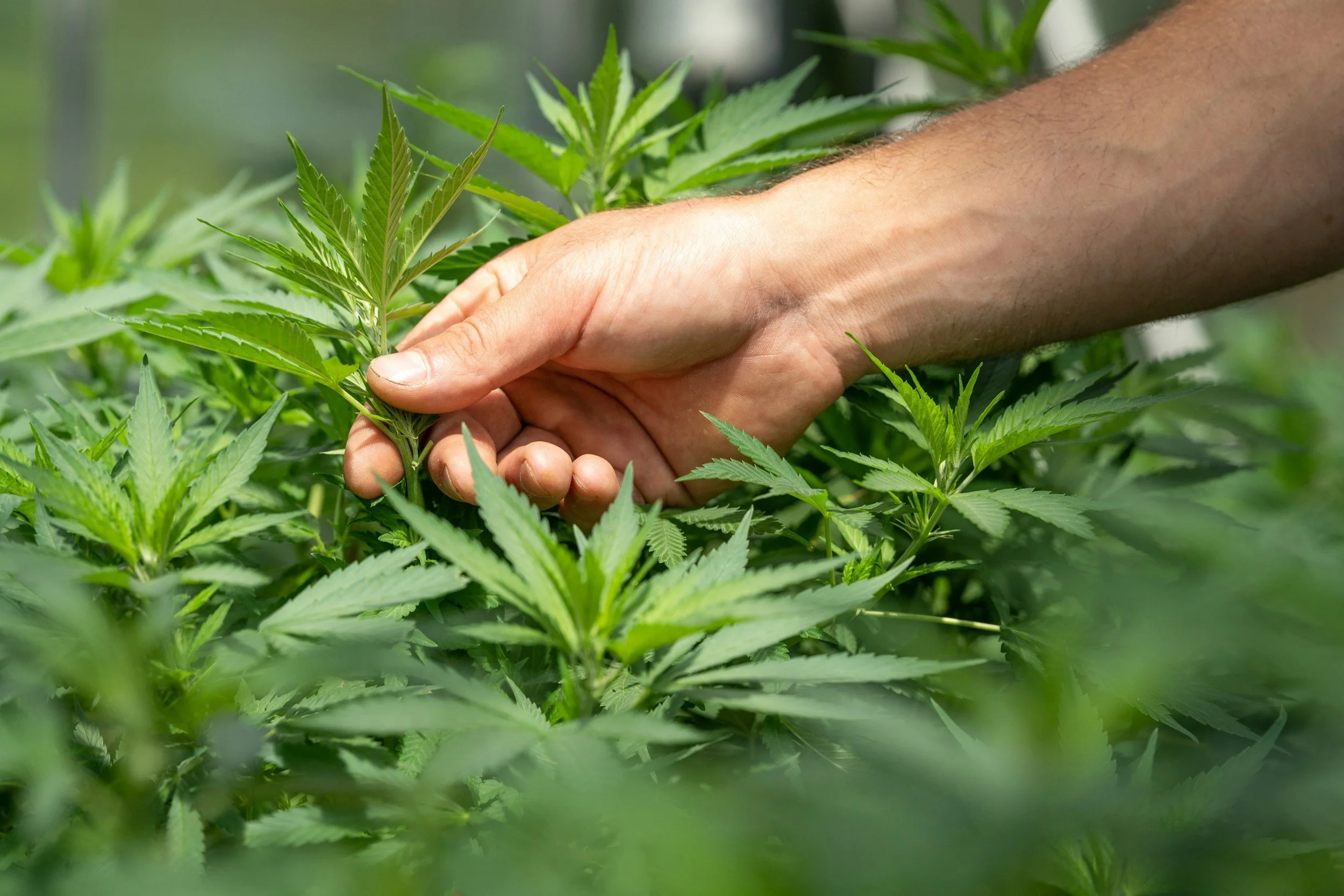Why California Rules Our Market
Why California Produces the Best Cannabis
What places the Golden State ahead in cannabis cultivation
California’s cannabis-industry reputation is built on many factors — from climate and terroir, to regulatory infrastructure, to decades of accumulated grower expertise. For brands, cultivators, and consumers alike, understanding why California can deliver premium flower offers strategic benefits. Below we explore the major drivers of quality, the science behind them, and what they mean for the marketplace.
1. Unique growing conditions & terroir
One of California’s major advantages lies in its geography and climate. Regions such as the Emerald Triangle (Humboldt, Mendocino, Trinity counties) benefit from:
Mediterranean-style weather: warm days, cool nights, strong sunlight — conditions that favor dense flower formation, robust trichome production and good cannabinoid/terpene development.
Fresh air and varied terrain: Many California indoor and greenhouse operations exploit airflow, humidity control, and elevation differences to maximise phenotype expression.
A long history of craft growing: California growers have decades of experience refining genotypes, selecting for potency, aroma, and visual impact (think colouration, frost, structure).
This combination of environment + experience gives California flower its “look, feel, smell” edge.
2. Strong regulatory & testing infrastructure
Quality isn’t just about environment — it’s also about how cultivation, processing and testing are managed. In California:
The state has detailed oversight of cultivation, testing for contaminants (pesticides, heavy metals, microbial matter) and quality control standards. This helps ensure consumer-safe product. WIRED+1
Licensing and compliance frameworks push growers toward higher-standard operations (e.g., clean rooms for trimming/curing, proper water & waste management) and away from informal or high-risk approaches.
Because California has such a large legal market, labs, equipment suppliers, and ancillary services are more developed — meaning cultivators can access high-end instrumentation, monitoring systems and technical support more easily than many other states.
These factors combine to raise the “floor” of quality among licensed growers, making it easier for premium operations to stand out.
3. Genetic diversity and craft culture
California’s cannabis industry has long been characterised by craft-style growers who prioritize phenotype expression, flavour, terpene richness and unique structure — not just volume. Because of this:
The gene pool of cultivars in California is extensive; breeders continuously refine profiles, push for new terpene blends, visual appeal (colour, frost) and structure (chunky, dense, resinous buds).
Craft-style cultivation (smaller batches, more hands-on trimming & curing) allows for more attention to detail — resulting in flower with better aesthetic and sensory qualities (e.g., visible trichome density, vibrant pistils, strong aroma).
These craft operations often set the tone for what “premium” means commercially, raising consumer expectations and helping elevate brand-value for top tier flower.
In other words: California is not just big — it’s technically sophisticated and cultivar-rich.
4. Market size & competitive pressure
Because California is the largest legal cannabis market in the U.S., with a mature ecosystem:
Growers must compete on product quality, not just price, which incentivises innovation, refinement and premium offering.
Supply chain depth (nurseries, lighting, climate control systems, logistics) supports high performance cultivation.
Large market size also allows for investment in advanced infrastructure (e.g., humidity/CO₂ control, high-yield indoor/hybrid systems) that may be impractical in smaller states.
Thus, scale and competition drive uplift in product quality across the board.
5. Challenges & what premium growers overcome
It’s worth noting that California’s environment also brings unique challenges that differentiate great growers from the rest:
Water regulation and environmental rules are stringent (e.g., run-off control, permitting) which raises costs and limits operations that don’t optimise their systems. Public Policy Institute of California+1
Wildfires, heat events and regulatory complexity impose operational risk, meaning only serious, well-prepared operators thrive in the long run.
Because standards are high, consumers expect more — so premium Californian product must deliver not just potency but appearance, aroma, and consistency.
The upshot: A California-grown “premium” product isn’t just about being grown in California, it’s about meeting elevated standards across environment, genetics, processing and brand execution.
6. What this means for your business
For brands, retailers or cultivators emphasising California-grown premium flower, here are actionable considerations:
Tell the story: Use origin, craft pedigree, cultivar info, phenotype details and visible aesthetics (bud structure, trichome count, colour) to justify premium positioning.
Highlight lab data: Potency, terpene profile, contaminant testing results — these differentiate high-end flower and build consumer trust.
Focus on finishing & appearance: Visual cues matter. Dense, frosty, colourful bud structure gives the “premium” look that consumers associate with top-tier product.
Leverage California heritage: Mention region, climate, craft history and regulatory standards. Consumers recognise “California premium” as shorthand.
Ensure consistency: Quality must be repeatable, batch after batch. Consumers buying premium expect reliability, not just hype.
7. Key take-aways
California combines favourable growing conditions, large market scale, rigorous regulation and deep craft culture — making it a leading region for premium cannabis.
The region’s advantage isn’t just in nature — it’s how growers exploit environment, genetics, infrastructure and brand to deliver elevated product.
For your business, aligning with the “California premium” narrative means more than geography: it means demonstrable quality, transparent data and strong finishing.
While challenges exist (environmental regulation, wildfires, cost pressures), the growers and brands that overcome them build products with standout value.



